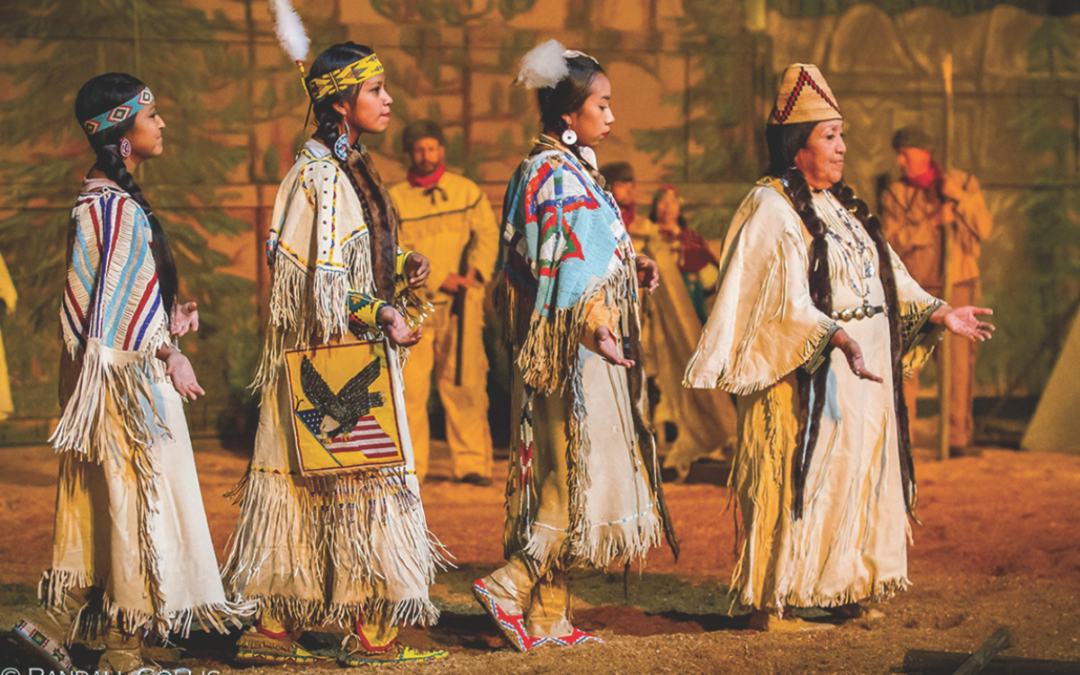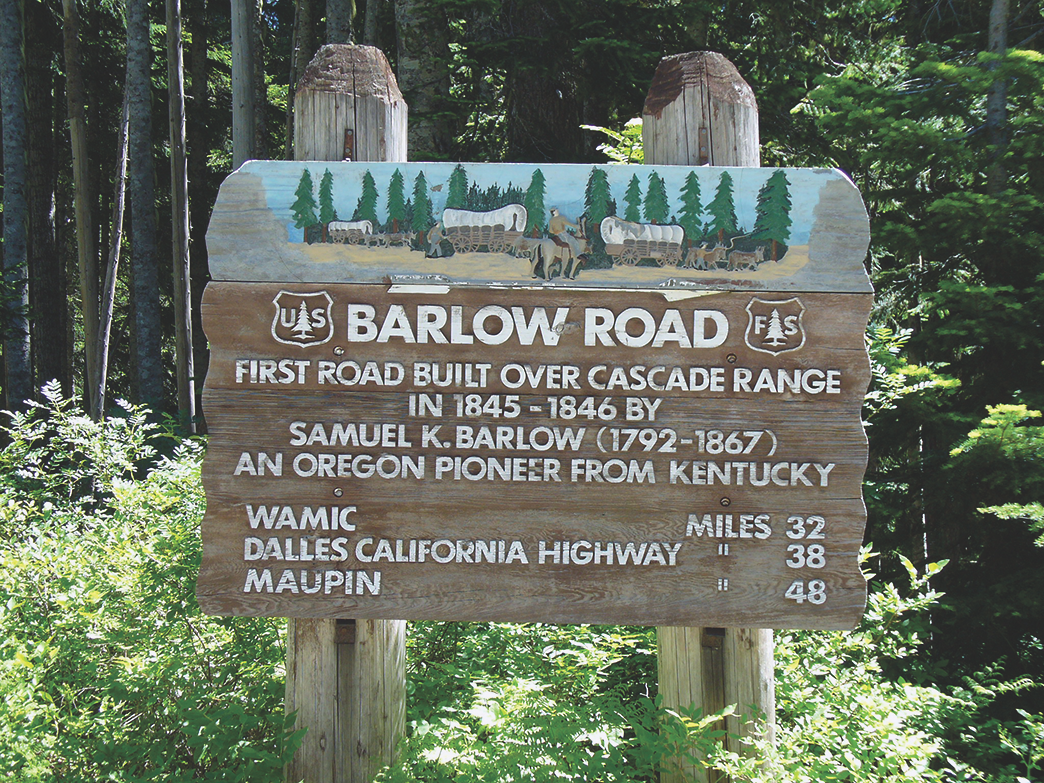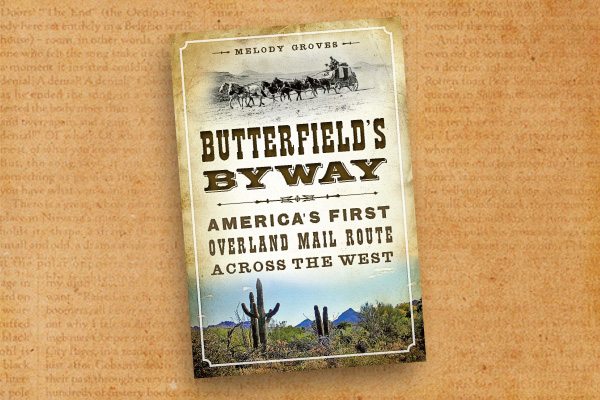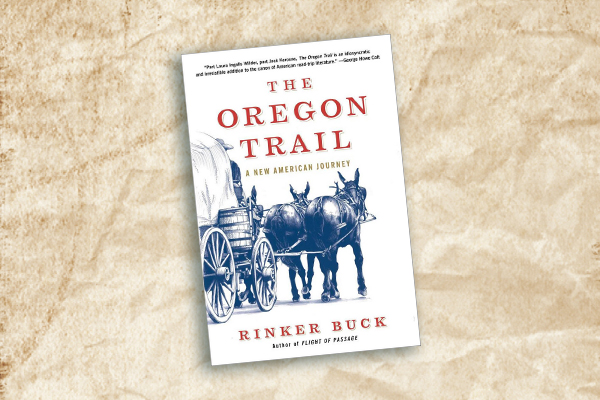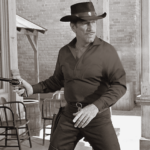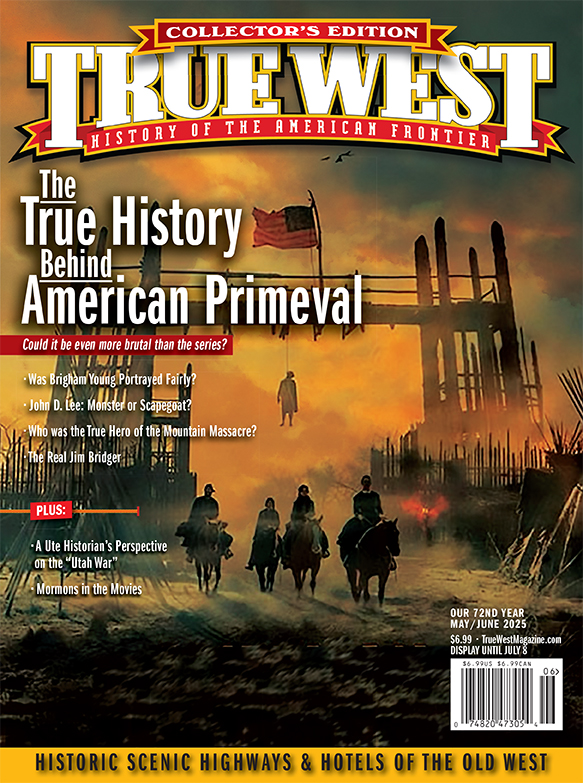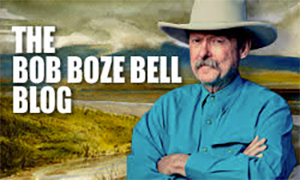Blazing the Oregon Trail:
A Journey Through the Past
The trail was long, the dangers many, and yet, they came—thousands of souls seeking a new life. From the plains of Missouri to the Pacific’s crashing waves, the Oregon Trail was more than a route—it was the backbone of westward expansion. Today, the road is smoother, the rivers bridged, but the stories remain, waiting for those who dare to follow them.
Baker City:
The Crossroads of Gold and Grit
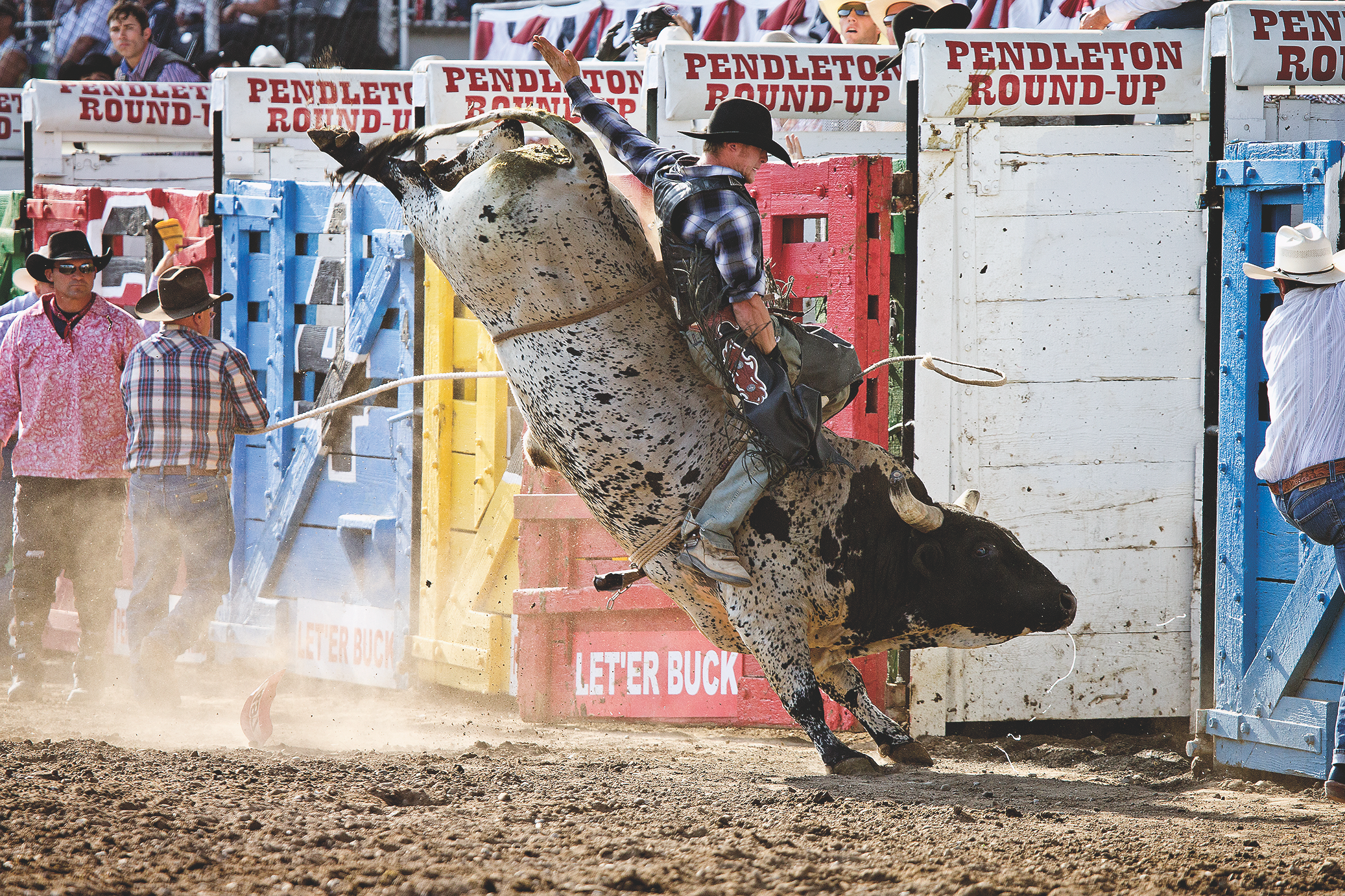
Baker City was a vital stop for pioneers before they faced the untamed West. At the National Historic Oregon Trail Interpretive Center, you can stand atop Flagstaff Hill and take in the same sweeping views that greeted wagon trains rolling across the valley. Inside, immersive exhibits bring to life the struggles of starvation, disease, and river crossings.
A night at the Geiser Grand Hotel, built in 1889, puts you in the footsteps of gold barons and frontier aristocrats. The stained-glass ceiling still glows above the grand staircase, where whispers of long-gone gamblers and ladies of the evening linger.
Nearby, the Sumpter Valley Railroad offers a ride on an 1890s steam locomotive, carrying passengers through gold country. Just beyond, the abandoned logging town of Whitney stands as a reminder of boomtowns that faded into dust.
Pendleton:
Cowboys, Outlaws and the People Who Came Before
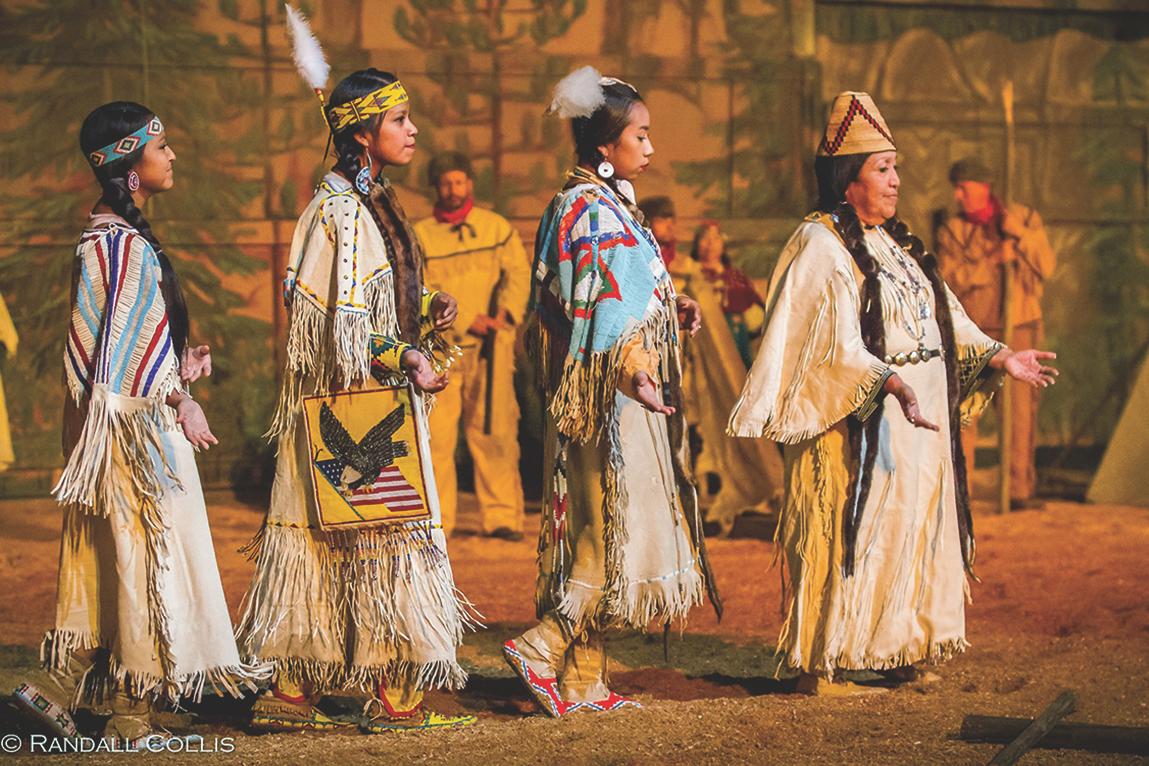
Pendleton is a town where history runs deep. The Pendleton Round-Up, held every September since 1910, is one of America’s most famous rodeos, showcasing the grit and tradition of the American cowboy. The thunder of hooves, the crack of a bullwhip and the roar of the crowd make this event an unforgettable spectacle. But the Round-Up isn’t just about cowboys—it also honors the Native American tribes who have called this land home for centuries.
A must-see is the Happy Canyon Show, an iconic part of the Pendleton Round-Up. Since 1916, this dramatic, large-scale production has told the story of the American West, from its earliest Indigenous inhabitants to the arrival of settlers and the clash of cultures that followed. Hundreds of performers bring the past to life, showcasing the resilience and traditions of Native American tribes, the dangers faced by pioneers, and the rowdy lawlessness of frontier boomtowns.
At the Tamástslikt Cultural Institute, the voices of the Cayuse, Umatilla and Walla Walla tribes tell a different story. Unlike the typical pioneer museums, this center shares the Indigenous perspective—of lands taken, traditions upended and resilience through the generations.
Beneath the city, the Pendleton Underground Tours reveal a world of hidden tunnels once used by Chinese laborers, bootleggers and bordello owners. Shadowy passageways lead to abandoned gambling halls, secret opium dens and remnants of a wilder time. Before leaving town, stop at Hamley Steakhouse, part of the legendary Hamley & Co. saddle shop, where cowboys have been outfitted since the 1800s.
La Grande:
A Pioneer’s Respite
Nestled in the Grande Ronde Valley, La Grande was a haven for weary emigrants preparing for the perilous Blue Mountains. The Union County Museum shares stories of the settlers who braved the trek, while Hot Lake Springs, once a grand resort in the 1860s, still offers steaming mineral baths.
The Dalles:
Where the Trail Met the River
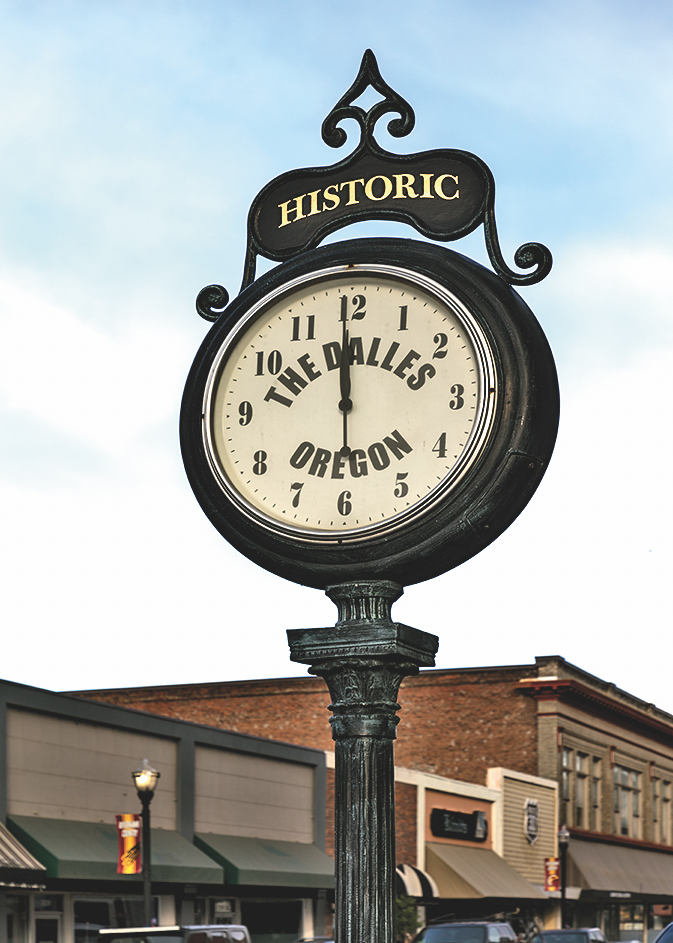
For pioneers, The Dalles was a place of decision. Here, wagons faced their final obstacle—the Columbia River. Some built rafts, risking the rapids in a desperate bid to reach the Willamette Valley. Others waited for a ferry, paying a fortune for safe passage.
At the Columbia Gorge Discovery Center, you can stand before a recreated wagon raft and hear stories of those who lost their lives in the current. The river was both a highway and a graveyard.
Long before the Oregon Trail, The Dalles was a hub for Indigenous tribes who gathered at Celilo Falls, fishing for salmon in one of the richest fisheries in North America. Though the falls are now buried beneath The Dalles Dam, the stories remain, passed down by the people who still call this land home.
Nearby Fort Dalles Museum, housed in an 1856 military post, recalls the days when soldiers were stationed here to keep peace between settlers and Native tribes. The town was also a lawless frontier outpost, where saloons filled with fortune-seekers, gamblers and outlaws looking for one last chance at wealth.
Barlow Road:
The Last, Treacherous Passage
Those unwilling to risk the river took the Barlow Road, the first overland route through the Cascades. It was no easier than the rapids. Wagons braced for the harrowing descent over Barlow Hill, where emigrants locked their wheels and dragged their wagons by ropes to keep from tumbling into the ravines.
You can still drive sections of the original Oregon Trail’s last great challenge, where the forest echoes with the sounds of breaking wagon axles and the desperate prayers of those who had come so far, only to face one final trial.
Oregon City:
The End of the Trail
At last, the road ended. For thousands of emigrants, Oregon City was the promised land. The End of the Oregon Trail Interpretive Center tells the story of those who arrived weary, broke and often broken. Some found prosperity, others hardship, but all carried the weight of the journey.
Dr. John McLoughlin, a former Hudson’s Bay Company official, welcomed settlers and helped many survive their first Oregon winters. His home, now a historic site, stands as a tribute to the man known as the Father of Oregon.
Seaside:
The Last Western Frontier
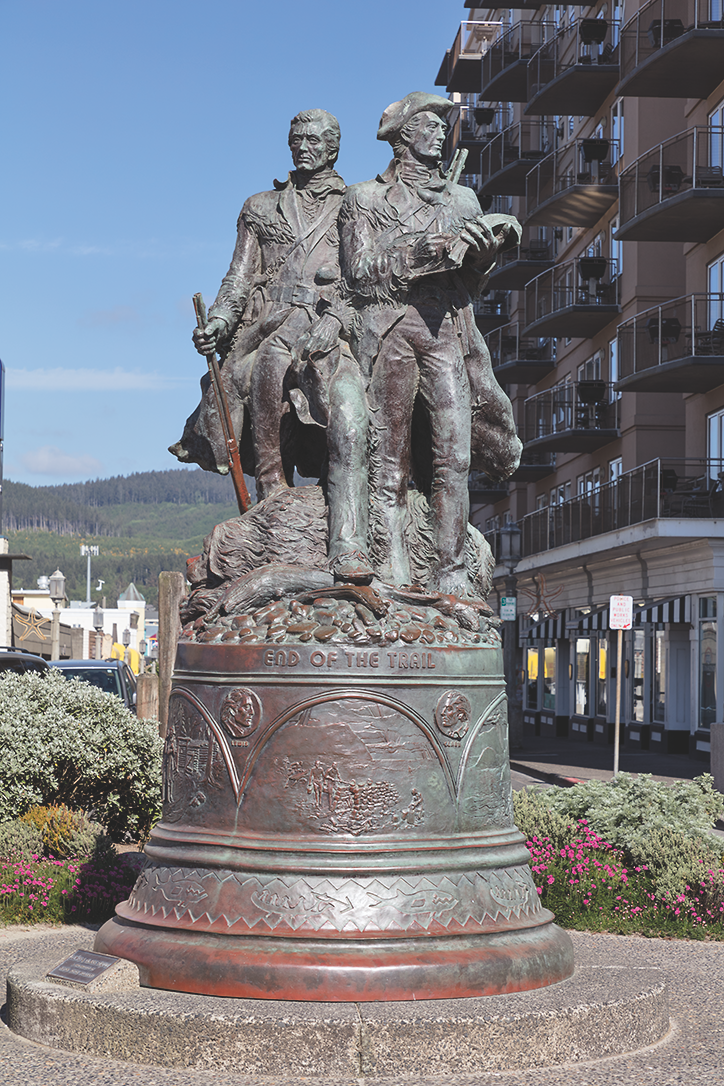
The true end of the journey lies not in Oregon City, but at the Pacific. Here in Seaside, where Lewis and Clark arrived in 1805, the ocean marked the final frontier.
The Seaside Museum & Historical Society tells of the Clatsop people, the traders, and the Victorian tourists who followed in the footsteps of pioneers. Nearby, the Salt Works site still stands, where members of the Lewis and Clark expedition boiled seawater to make salt—a small but critical act of survival.
Walking the Seaside Promenade, let the wind whip across your face and the sound of the surf fill your ears. The pioneers stood here, too, gazing out at an ocean that stretched farther than their dreams.

